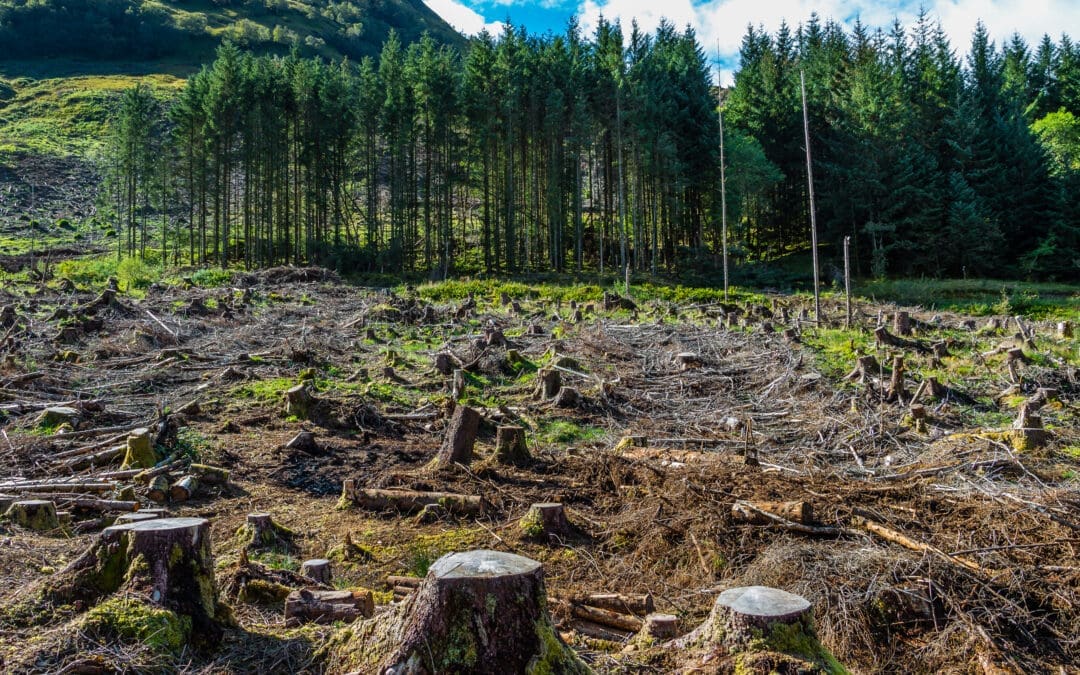According to Deloitte, the market for responsible supply chain tools could reach $2.7B by 2023. One pivotal type of tool is digital supplier assessments. These tools help companies achieve actionable insights by collecting and analyzing supplier sustainability data. However, poorly designed assessments can negatively affect your ability to measure, benchmark, and ultimately achieve your sustainability KPIs.
To be clear: Supply chain transformation cannot occur without robust and high-quality data. To collect data, you need to communicate fairly and frequently with your suppliers. To collect high-quality data, companies should follow these best practices in supplier communication. An engaged supply chain drives impact, and this will lay the foundation for your company to collaborate with your suppliers and improve their perception of your assessments.
Know Your Audience
Before you start to collect and analyze supply chain data, it’s important to lay the foundation with your procurement teams and organize your existing data. For larger supplier portfolios, for instance, it’s critical to classify and prioritize your suppliers. If you haven’t already, collaborate cross-functionally to segment them into relevant categories, paying close attention to commodity and product types, quality and paperwork performance, volume, and spend.
Then, once you’ve organized your primary, secondary, and other transactional categories with all internal stakeholders, determine which groups are relevant for the type of data you need to collect and under which timelines. Transactional suppliers may have a reputation for non-responsiveness, for example, and may not be your target group to pilot a new supplier assessment.
Next, before you can send an assessment, you need to know who it’s going to. The cleaner your contact list, the better your results will be. Contact lists can be difficult to maintain but are crucial—make contact information data cleansing a priority.
You should have up-to-date information about everyone who can benefit your business and impact your operations. Rather than relying on systems such as SAP that can be inconsistently updated, reach out to buyers directly for updates. You may consider launching an engagement survey to collect updated company and contact information. Ensure this process is formalized and repeated so that as you become more ambitious with your sustainability goals, you are already organized and ready to go.
Finally, determine who you want to receive an assessment—not just the specific supplier but also the specific decision-makers who will fill out the questionnaire. For example, this might be a factory manager who knows everything that occurs on-site. If it’s a small operation, the most relevant contact may be the company CEO. Or, perhaps it’s the head of procurement. Regardless, keep in mind that surveys aren’t one-size-fits-all. To receive accurate and complete data, you’ll need to get your questions into the right hands.
Prepare Your Suppliers
Many suppliers receive hundreds of questionnaires from customers each year. Response rates are higher for: (a) suppliers that maintain personal relationships with their buyers and (b) suppliers that receive well-designed, intentional assessments. We recommend establishing an open line of communication with your suppliers. For example, before you launch your assessment, send out an email announcement and clarify how it will benefit their business—the assessment’s purpose and its reciprocal value.
You might want to host a webinar for suppliers to voice their questions and concerns. Be sure to discuss the upcoming assessment at regularly scheduled meetings or calls. You may even work with a select set of strategic suppliers to pilot the assessment and provide input before rolling it out to your entire supply base. Keep it mind that it is critical to demonstrate to your suppliers that the data is important to you, has value to your business, and may help them achieve their own goals as well.
Overall, the steps are simple. Prep your suppliers ahead of time and seek connection. If you don’t get an email response, try reaching out via phone or other methods to get in touch. By starting early, you can build in plenty of prep time to communicate your goals and timelines.
At first, it may seem like a lot of work for a single assessment. But building your supplier relationships opens the door for future strategic partnerships that drive deeper global impact, such as Burt’s Bees’ Global Supply Chain Investment projects or the Body Shop’s Community Fair Trade program.
Construct an Assessment
The quality of a question will determine the quality of the response. You should always prioritize your questions based on your strategies and goals. In addition, keep your phrasing simple, concise, and understandable.
The assessment process should be easy and seamless for your suppliers, too. By using a digital platform, you can often allow suppliers to pre-populate the fields with their data from previous years—or quickly skip past fields that aren’t applicable to their specific situation. Remember that suppliers are running complex businesses themselves, and as such, will need time to review your survey and respond. Provide adequate time for a response, and if suppliers are non-responsive, continue to reach out.
Not sure what questions to ask? Some digital supplier sustainability platforms offer standard and custom assessments. If you’re just starting out, standard assessments can help you address the big supply chain sustainability topics, such as greenhouse gas emissions, and quickly align with industry best practices. Custom assessments help you take the next step, letting you work with experts to get insight into your exact ESG priorities.
Share Results to Drive Change
Whether from remote assessments or onsite audits, once you’ve determined how your suppliers are doing and where they can improve, we highly recommend sharing this data back to them. This way, your suppliers can collaborate with you to decide which actions to take, which lends to a more strategic relationship in the future. When sharing feedback, be sure to highlight their skills as well as their areas for improvement. Even better, share how you’ve seen other suppliers in their situation achieve greater success.
Remember, being upfront about the feedback you’ll give your suppliers from the data they provide demonstrates value. By making the process beneficial for your suppliers, you’ll not only get increased response but also higher quality data.
Build Strong Supply Chains
An informed supplier is an empowered supplier. The stronger your relationships with your suppliers are, the more they will prioritize their partnership with you, which includes taking your data collection efforts more seriously. This will help you make more informed decisions, prioritize where you can jointly improve, and achieve your sustainability goals.
Fundamentally, creating high-performing supplier assessments boils down to knowing your audience, communicating clearly, and designing questions in a way that’s easy for suppliers to answer. By following these steps, you’ll find that suppliers are much more willing to participate in your data collection initiatives. This also means you’ll have a much easier time accessing the types of insights that will drive your supply chain sustainability mission forward.



